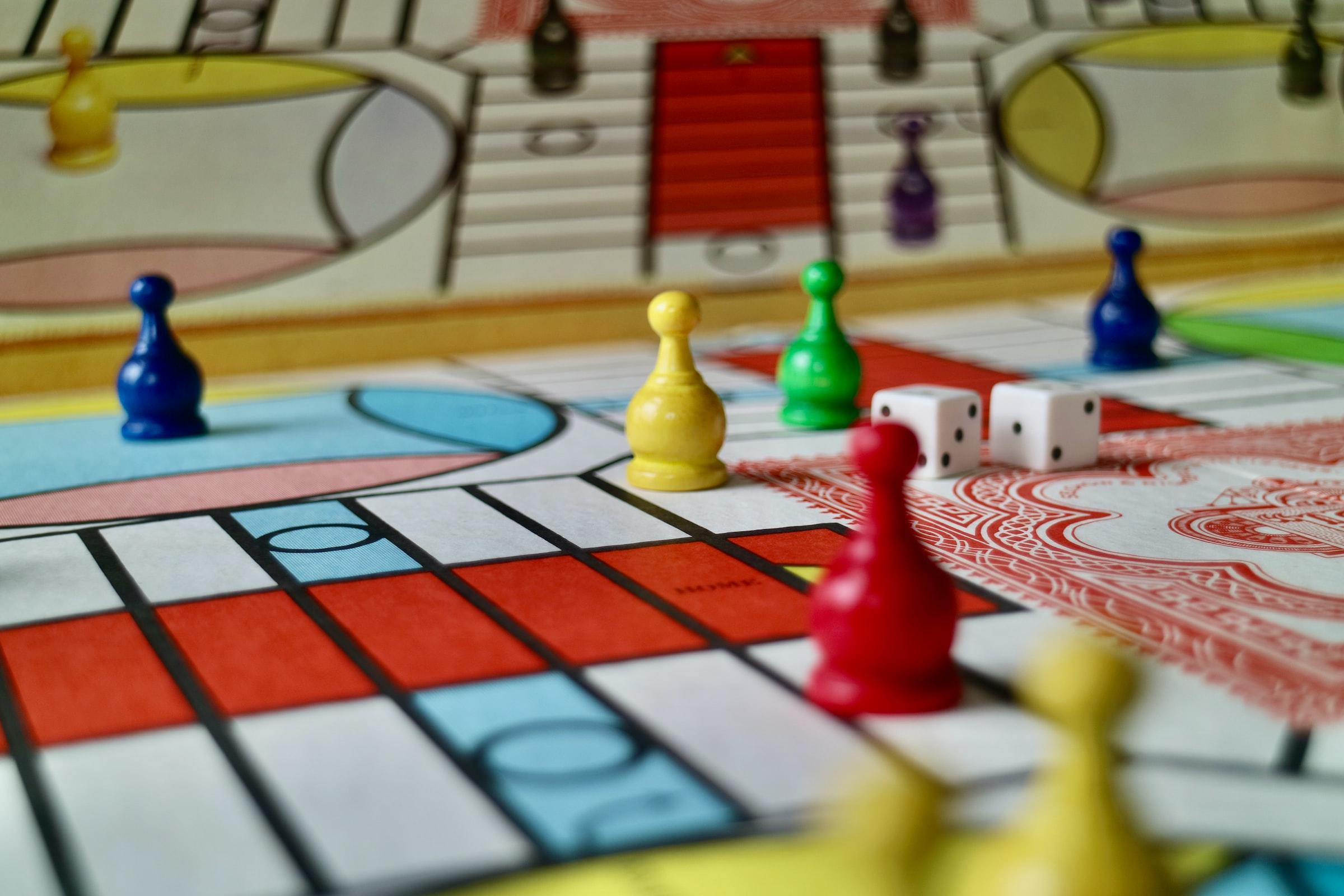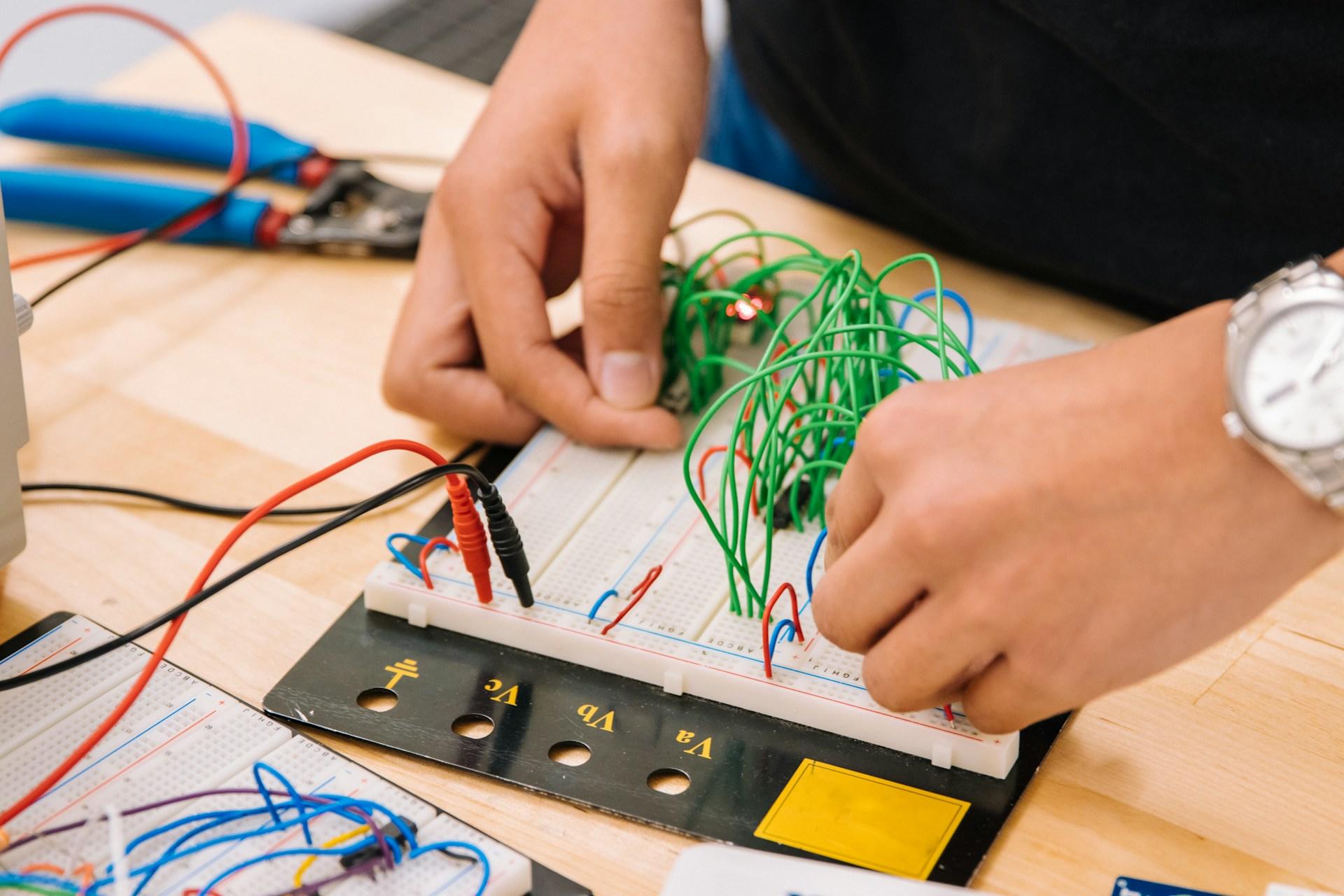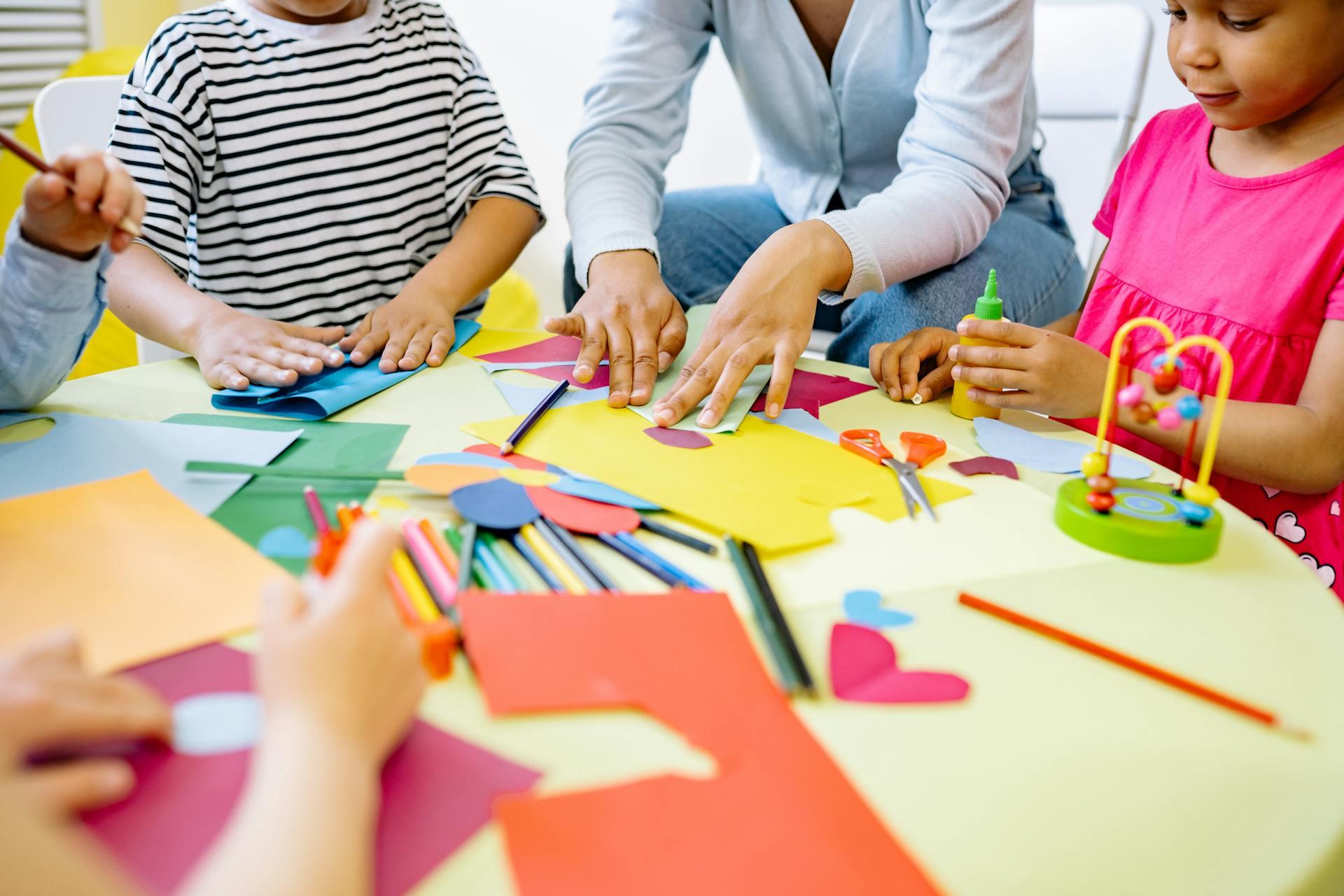"I never teach my pupils; I only attempt to provide the conditions in which they can learn."
-Albert Einstein
What makes tutoring work so well is the one-to-one relationship between the student and the tutor. With only one person to focus on, tutors can try a variety of teaching techniques.
Since many new tutors and various school teachers are moonlighting as private tutors to make extra money, the tips and tricks in today's article will prove to be extremely useful!
Want to give private lessons?
Join the Superprof community and share your knowledge with interested and motivated students.
What are the Best Teaching Concepts to Try?
In general, students accept that learning is and forever will be an onerous duty that they must subject themselves to if they want any chance at success in life. On the other side of that equation, the teaching profession has evolved little over the centuries; tutoring practices have likewise remained stagnant.
However, it's time to shake things up! Let's take a look at 12 tips to learn more about offering expert tutoring sessions to students of all levels.
1. Assessment Through Games
Regardless of the topic that you're teaching, playing games tests your students' comprehension of your subject material and, more importantly, allows them to use what they've just learned - an educational aspect so often neglected in current teaching practices.

The idea is catching on, though. These days, there is a wealth of online games for everything from children’s mathematics to science for older learners. The interactive games allow for simple student tests that are extremely valuable for determining the academic level of a student.
2. The Pause Procedure
Initially, this technique was developed to encourage college and university lecturers to pause their lectures after about 15 minutes of speaking so that students can get their minds around everything already said. These two- to three-minute pauses allowed to students buy into new material rather than forging ahead, with no real grasp on what their reader already revealed.
If you've not yet adopted the pause technique in your tutoring sessions, try incorporating pauses to ensure your student has understood what you just explained. This will ensure they do not tune out or lose interest in the topic at hand.
During that speaking pause, ask them to summarise the idea you just presented and find out if they have any questions. If you are conducting a group tutorial, ask students to explain to each other what they have just learned. Alternatively, during pauses, ask students to take a short test or complete a problem using the skills you have just explained.
3. Think-Pair-Share
One of the most obvious deficiencies of standardised teaching is the lack of opportunity for students to think. Fundamentally, curricula are designed based on the faulty premise that a child has no knowledge base of their own.
Thankfully, today, cooperative learning - the more official name for the think-pair-share model, is gaining ground. If you are tutoring a small group, this technique can work especially well.

The think-pair-share method begins by providing information to your students. You might ask them to read a short text or listen to a short lecture or video. You should then ask one question, instruct students to reflect on it and write their answer down. They would then discuss their response with the students they're paired with. Finally, you ask each pair to provide a single answer. And then, the whole group may engage in the discussion/debate.
Alternatively, you can bypass the individual reflection, pair your students off straight away and let them formulate their answers together.
4. Fast-Paced Drills
If you are tutoring your student in a subject that involves a significant degree of memory work, drill your students frequently on particular points to ensure they retain important facts and information.
Verb conjugation, multiplication tables, and the periodic table of elements are all aspects of education that work well in any lightning-round drill you might play.
5. Analysing Sources of Information
Since we're living in the age of technology, tutors are wise to incorporate technological devices and software systems in the traditional classroom or via virtual training sessions.

When using any learning sources, whether they're physical books or online, tutors could encourage critical thinking by analysing the sources of information you are consulting to come to a valid conclusion.
Tutors should research background information of the subject being studied, including the people involved. And, to not keep all the fun stuff to yourself, you might ask your pupil to discover fun, interesting facts for themselves - an excellent way to whet their appetite for discovery and hone their critical thinking skills.
6. Multi-Media Tools
To use technology in the best way, for starters, fill your lessons with video clips, songs or works of literature related to the topic at hand. Thankfully, the internet is a digital storehouse of accumulated information; educational platforms, learning apps and even game-based education have proven wildly successful in teaching students of all ages; especially during the COVID era.

You might video chat with your students and use interactive whiteboards for a bit of collaborative learning.
File-sharing apps allow you to send large documents back and forth; you may even set up a website and upload tutorial videos on the subjects you teach.
Want to give private lessons?
Join the Superprof community and share your knowledge with interested and motivated students.
7. Change Your Setting
Keeping boredom at bay is a long-term tutor's prime concern. But, how can boredom be fought? For instance, instead of always holding lessons at your home, arrange a few sessions in a different location.
If you tutor in history, biology or art, you might have lessons at the museum or, if the weather is particularly fine, nothing says you can't tutor in the park.
8. Introduce Humour
Studies have shown that the use of humour can have a positive effect on students, greatly increasing their level of engagement and interest.

But, what if you don't feel that you're funny and you need help? There's no need to fret since there are a few examples of good jokes in the following list:
- Why do people fall in love? Chemical bonding!
- Why was six afraid of seven? Because seven eight nine!
- What type of cheese is made backwards? Edam!
- Which letter of the alphabet has the most water? C!
- Where does Friday come before Thursday? In the dictionary!
Some learning podcasts can be quite funny and there are also many examples of riddles that keep studying an academic topic interesting!
9. Encourage Creativity
Creativity makes lessons more engaging and helps students to pass the time more quickly.

Whether you're a maths or a science tutor, it's necessary to encourage your students' creative impulses. Whatever you notice about your student's creativity, you should try your best to include some helpful aspects in your class time.
Keen to incorporate more creativity into your teaching strategies but unsure where to start? This inspiring Ted Talk by Catherine Thimmesh discusses the importance of fostering creativity in your students!
10. Request Feedback
To become the best tutor you can be, it's important to request feedback from your student regularly. Your pupils might be shocked as to why you're asking them for input but kindly assure them that the ultimate aim is to make the most of your student’s limited time and resources; they truly deserve the best!
When requesting feedback from students, it’s important to foster an open and constructive dialogue. Here are a couple of discussion points to guide the conversation:
- Ask students which teaching methods or activities they found most engaging and why
- Inquire about any topics or concepts they still find confusing or challenging, and how they think these could be addressed better.
11. Keep it Real
Keeping it real means trying to relate specific topics to real life for students who are going through tough subjects such as calculus, physics or even literature that have little connection to their lives. At times, if students don't see the relevance, they may find a subject boring and this could detract them from their progress.
One of the most valuable lessons a tutor can share with their students is a passion for learning.
Make learning as interesting and entertaining to students as possible. Share your passion for interesting historical figures like Caligula or Augustus. Read the poems by Whitman and Blake – the kind of poems that speak straight to the heart in the language we all understand.
12. Foster Independence
Another essential thing that tutors want to do is train their students to become independent learners. The buzzword in every school, college and university these days is critical thinking; encouraging students to investigate subjects in a deeper, more analytical manner.
Critical thinking does more than giving rise to more responsible, creative and profound thinkers. It also raises students’ self-confidence since, perhaps for the first time in their lives, they can feel like their opinions have merit. This leads to a unique relationship between tutors and students that fosters a mentoring approach, leading students to feel supported and cared for.
13. Use Positive Reinforcement
Positive reinforcement is a powerful tool in tutoring. Praise and encouragement can motivate students to keep trying, even when they find the material challenging. Recognise their efforts and achievements, no matter how small, to boost their confidence and foster a growth mindset. This approach not only enhances their learning experience but also helps build a positive tutor-student relationship.
Here are a couple of ideas for incorporating positive reinforcement:
- Praise students for their effort and progress, highlighting specific achievements to boost their confidence.
- Depending on their age, offer small rewards, such as stickers or extra free time, for completing tasks or demonstrating improvement.
14. Develop Your Students' Metacognitive Skills
Teaching students to think about their thinking can significantly improve their learning process. Encourage them to reflect on their understanding, identify areas where they struggle, and develop strategies to overcome these challenges.

Metacognitive skills help students become more self-aware and proactive in their learning, leading to greater academic success and independence.
Developing metacognitive skills in students involves teaching students to plan, monitor, and evaluate their own learning processes. Encourage students to set goals, reflect on their understanding, and identify strategies that help them overcome difficulties, fostering a proactive and self-aware approach to their education.
15. Personalised Learning
Understanding each student's individual learning style and preferences can significantly enhance their learning experience. Tailor your tutoring methods to align with their unique needs.
For example, some students might benefit from visual aids, while others might find success with hands-on activities or auditory learning. Personalizing learning helps students engage with the material more effectively and can lead to better academic outcomes.
In conclusion, we hope that you have found this blog post useful. If you have any additional teaching strategies that have worked for you, then please feel free to share them with us via the comments. Happy teaching!
Want to give private lessons?
Join the Superprof community and share your knowledge with interested and motivated students.














great information
The tips were very helpful. Thank you for sharing.
Thanks for this article of tips. Hope to read some more strategies and techniques in catching tutees attention and interest.
Magnificent content. Practical tips and recommendations. Easy to reference and put into practice! Thank you for sharing!
Hello, I would like to know if your office emails strategies, info and ideas for new tutors? Thank you, have a great day. Liz.
Hello Liz! You can check out this guide for tutors here: https://www.superprof.co.uk/blog/the-complete-guide-for-private-tutors/
Otherwise feel free to contact the support team at hello@superprof.com 🧡
Heya.
This is in order to start with. Find a limited variety of types of teaching aids to start off. Buy cheap workbooks, and order exam papers too. Also see if you can get hold of fun and free worksheets. Have a very good and careful look at what books are on the shelves as well. Make some brief summary notes. Good luck. Have a checklist in addition to refer back to. Request weekly updates. Know about homework.
Be totally smart. Obtain contact details. Check out two solid references that are given and do the same regarding reviews. Discover what you can. Get the tutor to talk to you about the prices. Have sensible expectations. Meet at least five candidates face to face. Ensure they are totally professional. Smile and breathe in and out. You can do this. Get them to teach a lesson with you present. One more thing to do is to check out some of the old reviews. That way you can fully trust the person in question.
The 12 teaching strategies shared offer valuable tips for tutors to enhance their effectiveness. I particularly appreciate the focus on adapting to each student’s learning style and fostering a positive, engaging environment.
Thank you for your thoughtful feedback! 😊 We’re so glad you found the 12 teaching strategies valuable. Adapting to each student’s unique learning style and creating a positive, engaging environment are key to effective tutoring. When students feel supported and motivated, their learning experience improves significantly!